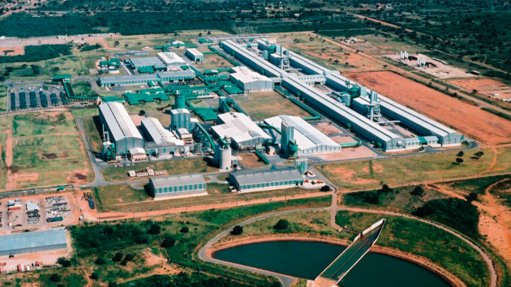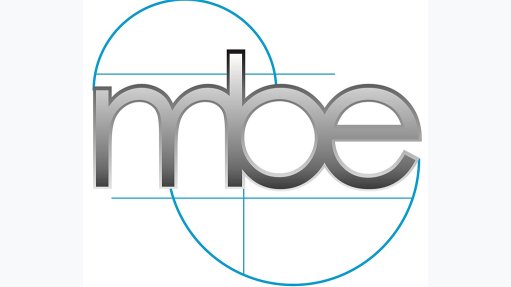The elephant in the room
From Wikipedia: “The expression ‘the elephant in the room’ defines a situation which refers to a question, problem, solution or controversial issue which is obvious to everyone who knows about the situation, but which is deliberately ignored because to do otherwise would cause great embarrassment or sadness or trigger arguments, or is simply taboo.”
These sorts of “questions, problems, solutions or controversial issues” have occurred before. The most recent is the matter of the drought in Europe. Many, many publications link the drought to climate change and there may actually be a connection – if it wasn’t for the ‘hunger stones’ in the Elbe river.
Inscribed boulders known as hunger stones are reappearing in Czechia (formerly the Czech Republic) as a result of the drought. Hunger stones traditionally sit below the water line of the Elbe river but, with low water levels, the rocks and the words carved into them have been exposed once more. The stones typically have a date which records when the water was at that level and sometimes an inscription.
The oldest and most famous of these landmarks, known simply as Hunger Rock, contains an inscription that dates back to 1616, which reads: “Wenn du mich siehst, dann weine!” (If you see me, weep!). What this all means, the elephant et cetera, is that the water was at a low level in 1616 as a result of a drought, centuries before climate change (and more recently, from other inscriptions, in 1911 and 1930 ). So, linking climate change to the current drought seems a poor connection – if the situation has occurred before climate change was possible.
Moving on to the melting glaciers all over the world – one headline reads: ‘Melting glaciers reveal ancient treasures hidden for thousands of years’ and the journalist goes on to state that “fieldwork carried out by a team of archaeologists in Norway’s Mountains of Oppland is being assisted by melting glacial ice” and that “in an ironic twist, the forces of climate change and global warming seem to have done the work of helping to unearth ancient artifacts”.
The article describes how many artifacts, up to 4 000 years old, are being found as the glaciers melt. Wow! But hold on – the elephant . . . how did the artifacts end up deep in the ice, to begin with? Found next to an ancient path? The answer is that they were left in position before the ice froze over them, long before climate change. Or they were carried down the glacier in natural movement of the glacier. Which they were not, since the finding of the artifacts is described as ‘unusual’. So, the only conclusion is that, since the ice level was once the same as now, and since climate change can only occur in the last 100 years, climate change is a myth.
Moving on to sea-level rise. One website states that the sea levels off Cape Town will rise by up to 8 m by the end of this century. According to the reports, this rise will be entirely due to melting ice. But the elephant – sea ice floats on water and cannot affect the sea level. Increases must come from melting land ice. The European glaciers have now melted down to levels of 4 000 years ago, giving up all those artifacts.
If melting land ice (from Antartica) causes the sea to rise in Cape Town, the whole planet would have to slow down to balance the energy required to spin a greater mass of sea around Africa and surrounding locations. Surely, this cannot happen. But it would have to, if the sea levels are going to increase to 8 m above existing levels, will we have superhigh spring tides and superlow spring tides? Further, if this is all true, have the navy hydrographer tide tables changed from 50 years ago until now? I think not. Nope, the sea level rising . . . more myth.
Article Enquiry
Email Article
Save Article
Feedback
To advertise email advertising@creamermedia.co.za or click here
Comments
Announcements
What's On
Subscribe to improve your user experience...
Option 1 (equivalent of R125 a month):
Receive a weekly copy of Creamer Media's Engineering News & Mining Weekly magazine
(print copy for those in South Africa and e-magazine for those outside of South Africa)
Receive daily email newsletters
Access to full search results
Access archive of magazine back copies
Access to Projects in Progress
Access to ONE Research Report of your choice in PDF format
Option 2 (equivalent of R375 a month):
All benefits from Option 1
PLUS
Access to Creamer Media's Research Channel Africa for ALL Research Reports, in PDF format, on various industrial and mining sectors
including Electricity; Water; Energy Transition; Hydrogen; Roads, Rail and Ports; Coal; Gold; Platinum; Battery Metals; etc.
Already a subscriber?
Forgotten your password?
Receive weekly copy of Creamer Media's Engineering News & Mining Weekly magazine (print copy for those in South Africa and e-magazine for those outside of South Africa)
➕
Recieve daily email newsletters
➕
Access to full search results
➕
Access archive of magazine back copies
➕
Access to Projects in Progress
➕
Access to ONE Research Report of your choice in PDF format
RESEARCH CHANNEL AFRICA
R4500 (equivalent of R375 a month)
SUBSCRIBEAll benefits from Option 1
➕
Access to Creamer Media's Research Channel Africa for ALL Research Reports on various industrial and mining sectors, in PDF format, including on:
Electricity
➕
Water
➕
Energy Transition
➕
Hydrogen
➕
Roads, Rail and Ports
➕
Coal
➕
Gold
➕
Platinum
➕
Battery Metals
➕
etc.
Receive all benefits from Option 1 or Option 2 delivered to numerous people at your company
➕
Multiple User names and Passwords for simultaneous log-ins
➕
Intranet integration access to all in your organisation


















